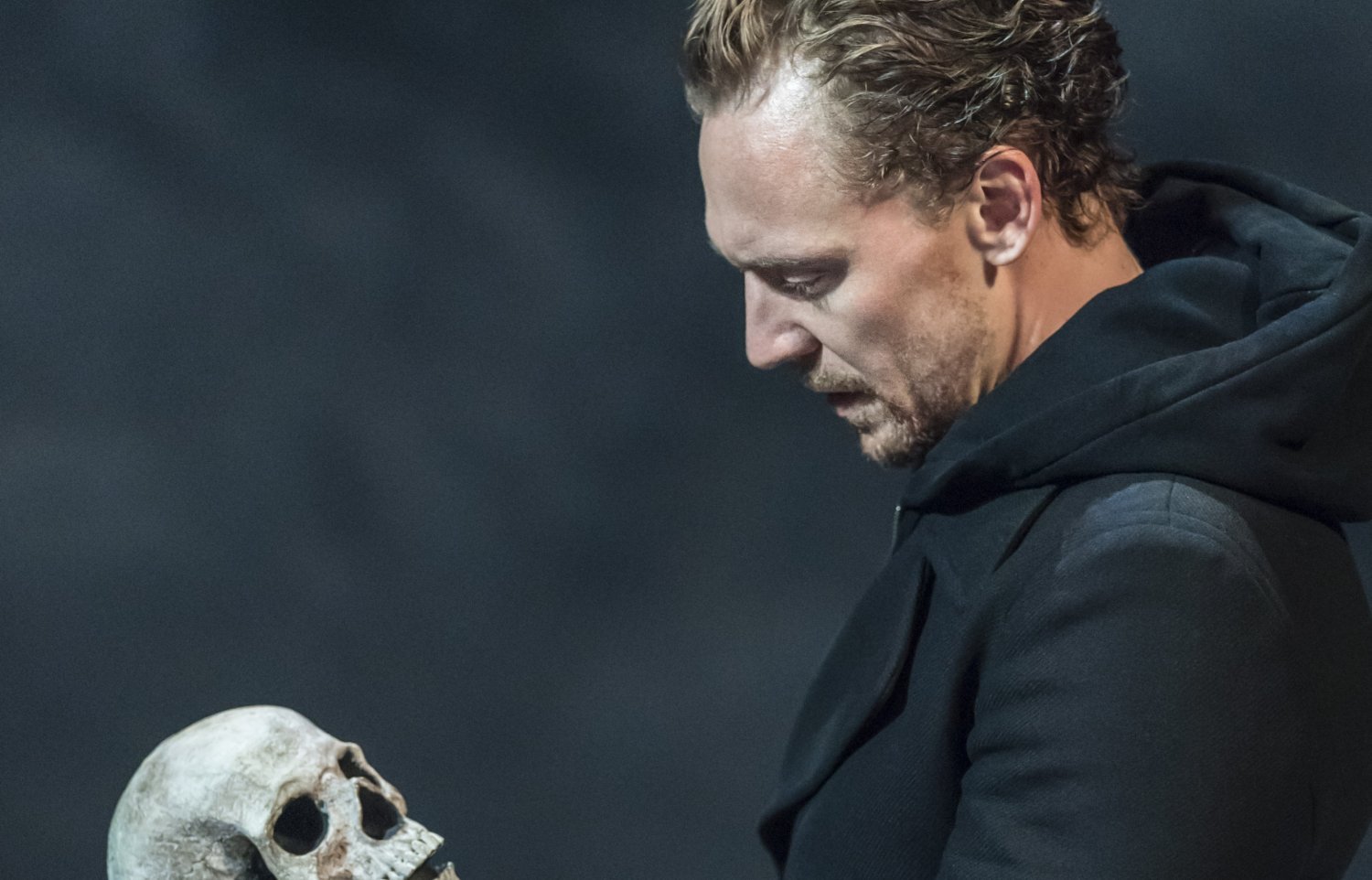
Photo: RADA
Beating the ticket touts
When a production of Hamlet promised to be the hot ticket of the year, RADA embraced technology to make the box office experience fairer for customers and less stressful for staff. Helen Slater tells the story.
A flurry of high-profile theatre productions in London have made the race to get the hottest ticket in town a familiar part of the theatre-going experience in recent years. Long online queues, Twitter laments by those who missed out and an opportunistic secondary ticket market. Can they be minimised or avoided?
Using a ballot structure made the process a much fairer and less stressful experience both for customers and our box office team
Earlier this year RADA President Kenneth Branagh confirmed he would direct Tom Hiddleston in Hamlet for us. One of the production’s key aims was to raise money for our Attenborough Campaign to refurbish the Chenies Street site in central London, including the building of our first on-site student accommodation.
A new box office approach
The co-production with the Kenneth Branagh Theatre Company came with the logistical challenges of delivering a positive experience for theatre-goers in the rush to get tickets.
With 160 seats, the Jerwood Vanbrugh Theatre is small for a production with this kind of profile. The run was limited to three weeks, and high demand was inevitable. We wanted to create a good customer experience and avoid handing a gift to touts. We wanted the process to be fair, simple and maintain goodwill. Everyone should have the same chance of getting a ticket – fairly and conveniently.
Every arts organisation looks to minimise inflated prices on the secondary market, and both the charitable nature of the production and the media interest in the show’s casting made us acutely aware of the need for a new approach.
Online ballot
Together with our technology partner on the project, Spektrix, we designed an online ballot where entrants would be picked at random for an opportunity to book tickets within a specified time window. As this was a fundraising production, there were no complimentary tickets and even critics would have to enter the draw like everyone else.
The ballot system and on-sale plan ensured fairness and didn’t confuse customers with a complex or time-consuming process. We worked with digital design consultancy Supercool to create a standalone booking site. We responded promptly and openly to enquiries on social media. Our aim was to keep our audience informed and engaged, with the chance of a fair win.
Potential customers registered for the ballot online or by phone over a six-day period, and registration included a verification step. Customers’ names given at sign-up could not be changed subsequently on customer profiles. If the person attending was not the ticket buyer, then the name of the ticket collector had to be given at point of sale. This helped to restrict the ability to re-sell at any scale, and proof of ID for either the named customer or the ticket collector was required on collection. Photo ID was required for all attenders aged under 25.
We did this for two reasons. First, to stop touting. And second, as the production’s main aim was to raise funds for a charitable campaign designed to reduce financial barriers to training in theatre, it was important that young people were given a fair chance to see the production. We set aside 20% of tickets at £15 for customers under 25. The ballot registration also offered the chance for customers to state any access requirements, so our box office team could help with any specific requests.
During the ballot, winners were selected at random and given access to ticket booking for a second time-limited window of 48 hours. Tickets were limited to a maximum of two per ballot winner.
The outcome
The production raised funds and public awareness for our Attenborough Campaign. And for our audiences, everyone had the same chance of buying tickets and was kept up to date at every step. Booking access was only given to people selected randomly through the ballot, which avoided long online queues.
We also reached a larger audience than we would have done with a traditional on-sale. Over 90% of attenders were new to us. The production was an opportunity to share the work we do and the ballot gave us the opportunity to share our message with many more people than the few thousand customers who finally got tickets. We were also able to capture data from a much larger audience: 42% of those who registered for the ballot said they’d like to receive information about future events.
Touting, meanwhile, was eliminated. In addition to customer verification and identification checks, conditions of sale were that no tickets were to be sold by third parties and resale of tickets was strictly prohibited. We tracked a small number of instances of people attempting to sell on their tickets at inflated prices, and cancelled any orders where a resale was attempted.
Without a ballot system, 97% of those interested in tickets would have attempted to buy them on the first morning they were on sale, which ran the risk of technical issues above a certain threshold. Although we sold the same number of tickets as we would have done without a ballot, using a ballot structure made the process a much fairer and less stressful experience both for customers and our box office team.
Although some critics were disappointed that tickets were not guaranteed, the process generated positive debate around in-demand, limited-run productions, and hopefully provides some inspiration for colleagues across the industry. It was an opportunity to celebrate talent, raise money and share the work we do with a wider audience, outcomes that would have been impossible without an effectively designed customer journey.
Helen Slater is Director of Marketing at the Royal Academy of Dramatic Art (RADA).
rada.ac.uk
Join the Discussion
You must be logged in to post a comment.